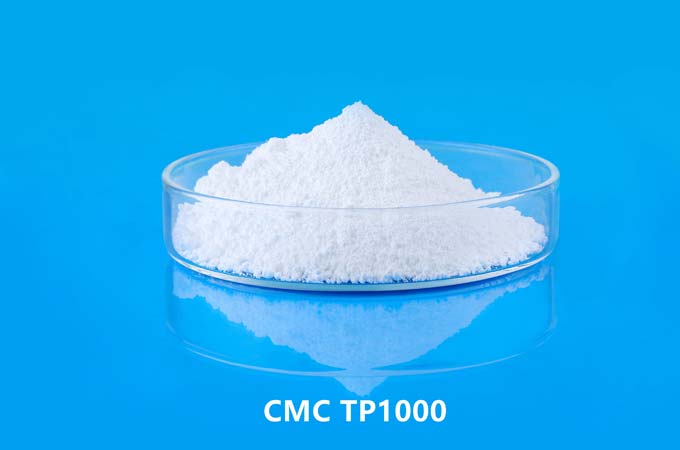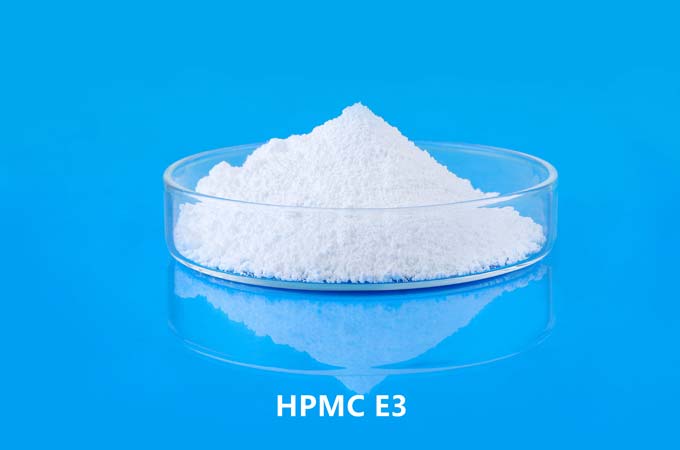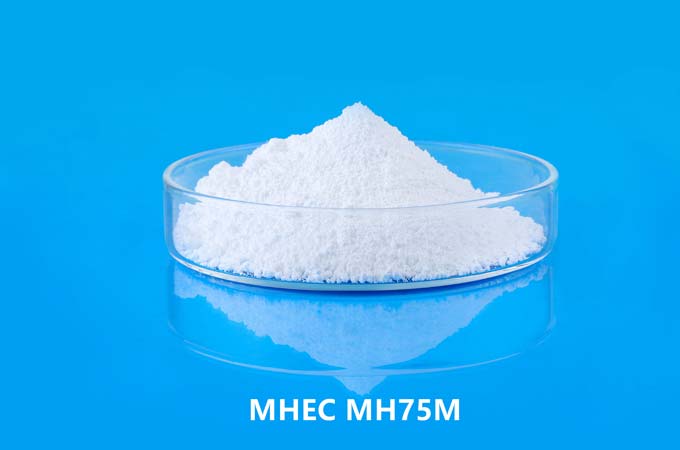1. The Main Characteristics of Hydroxyethyl Cellulose for Latex Paint
thickening
Hydroxyethyl cellulose (HEC) is an ideal thickener for coatings and cosmetics. In practical applications, the combination of thickening, suspension, safety, dispersibility and water retention will produce ideal results.
Pseudoplasticity
Pseudoplasticity is the property that the solution viscosity decreases with the increase of rotational speed. The latex paint containing HEC is easy to apply with a brush or roller and can increase the smoothness of the surface, which can also increase work efficiency; the shampoo containing HEC has good fluidity and is very viscous, easy to dilute, and easy to disperse.
Salt tolerance
HEC is very stable in high-concentration salt solution and will not decompose into ionic state. Applied in electroplating, it can make the surface of the plated parts more complete and brighter. It is worth noting that it still has good viscosity when used in latex paints containing borates, silicates and carbonates.
Film forming
The film-forming property of HEC can be applied in many industries. In papermaking operations, coating a glazing agent containing HEC can prevent oil penetration and can be used to prepare solutions for other aspects of papermaking; in the textile process, HEC can increase the elasticity of fibers and reduce mechanical damage to them . During fabric sizing and dyeing and finishing, HEC can act as a temporary protective film, and when its protection is not needed, it can be washed away from the fiber with water.
water retention
HEC helps to keep the moisture of the system in an ideal state. Because a small amount of HEC in the aqueous solution can get a better water retention effect, which reduces the water demand of the system when batching. Without water retention and adhesion, cement mortar will reduce its strength and cohesion, and clay will also reduce its plasticity under certain pressure.
2. Hydroxyethyl Cellulose (HEC) Dissolution Method:
1. Add a specified amount of clean water to the container;
2. Add hydroxyethyl cellulose under low-speed stirring, stir until all the hydroxyethyl cellulose, and stir until all materials are completely soaked;
3. Stir until all the hydroxyethyl cellulose is completely dissolved, then add other components of the formula and stir well.
3. Application of Hydroxyethyl Cellulose (HEC) for Latex Paint
Building materials: Hydroxyethyl cellulose HEC can be used in gypsum, cement, lime and mortar systems, tile paste and mortar. In cement components, it can also be used as retarder and water retention agent. In the surface treatment of wallboard work, it is used in the preparation of latex, which can pre-treat the surface and relieve the pressure of the wall, so that the effect of painting and surface coating is better; it can be used as a thickener for wallpaper glue. HEC improves the performance of gypsum mortars by increasing the hardening and spreading times. In terms of compressive strength, torsional strength and dimensional stability, HEC has better results than other celluloses.
Daily chemical industry: Hydroxyethyl cellulose HEC is an effective film-forming agent, adhesive, thickener, stabilizer and Dispersant. Its thickening and protective colloid properties can be used in liquid detergent and solid detergent industries. HEC dissolves quickly at high temperature, which can speed up the production process and improve production efficiency. As we all know, the obvious feature of detergents containing HEC is that it can improve the smoothness and mercerization of fabrics.
Petroleum extraction: Hydroxyethyl cellulose HEC has viscosity-increasing properties in processing and filling mud. It helps provide a very good low solids mud with minimal damage to the wellbore. Mud thickened with HEC is easily degraded into hydrocarbons by acid, enzyme or oxidant and can recover oil to a maximum extent; in cracked mud, HEC can play the role of carrying mud and sand. These fluids can also be easily degraded by the above acids, enzymes or oxidants; ideal low solids drilling fluids can be formulated with HEC, which provides greater permeability and better drilling stability. Its fluid-inhibiting properties can be used in the drilling of hard rock formations, and it is also suitable for drilling in collapsed or slide-slumped formations. In the operation of adding cement, HEC reduces the friction of the pore-pressed cement slurry, thereby minimizing the damage to the structure caused by the loss of water.
Latex paint: Hydroxyethyl cellulose HEC is a thickener commonly used in latex paint paint, and can emulsify, disperse, stabilize and retain water at the same time; it is characterized by remarkable thickening effect, color development and film-forming properties Good storage stability; good compatibility with other materials in the components (such as pigments, additives, fillers and salts); the coating can be applied by brushing, roller coating, spraying and other construction methods.
Paper making and ink: Hydroxyethyl cellulose HEC can be used as a polishing agent for paper and cardboard and as a protective glue for ink. HEC has the advantage of being independent of paper size in printing, and can be used for printing of high-quality images. At the same time, it can also reduce costs due to its low surface permeability and strong gloss. HEC can increase the water retention performance in the color of the paint, especially for the paint with a high proportion of latex. In the papermaking process, HEC has other superior properties, including compatibility with most gums, resins and inorganic salts, instant solubility, low foam, low oxygen consumption and the ability to form a smooth surface film. In ink manufacturing, HEC is used in the production of water-based copy inks that dry quickly and have good color spread without sticking.
4. Hydroxyethylcellulose (HEC) Packaging:
Plastic-coated high-pressure polypropylene woven bag, lined with polyvinyl chloride film inner bag packaging, net weight 25kg per bag.
5. Precautions for Storage and Transportation of Hydroxyethyl Cellulose (HEC):
Moisture-proof, waterproof, do not mix with other chemicals.
 English
English 日本語
日本語 français
français Deutsch
Deutsch Español
Español italiano
italiano русский
русский português
português العربية
العربية Türkçe
Türkçe Nederland
Nederland



